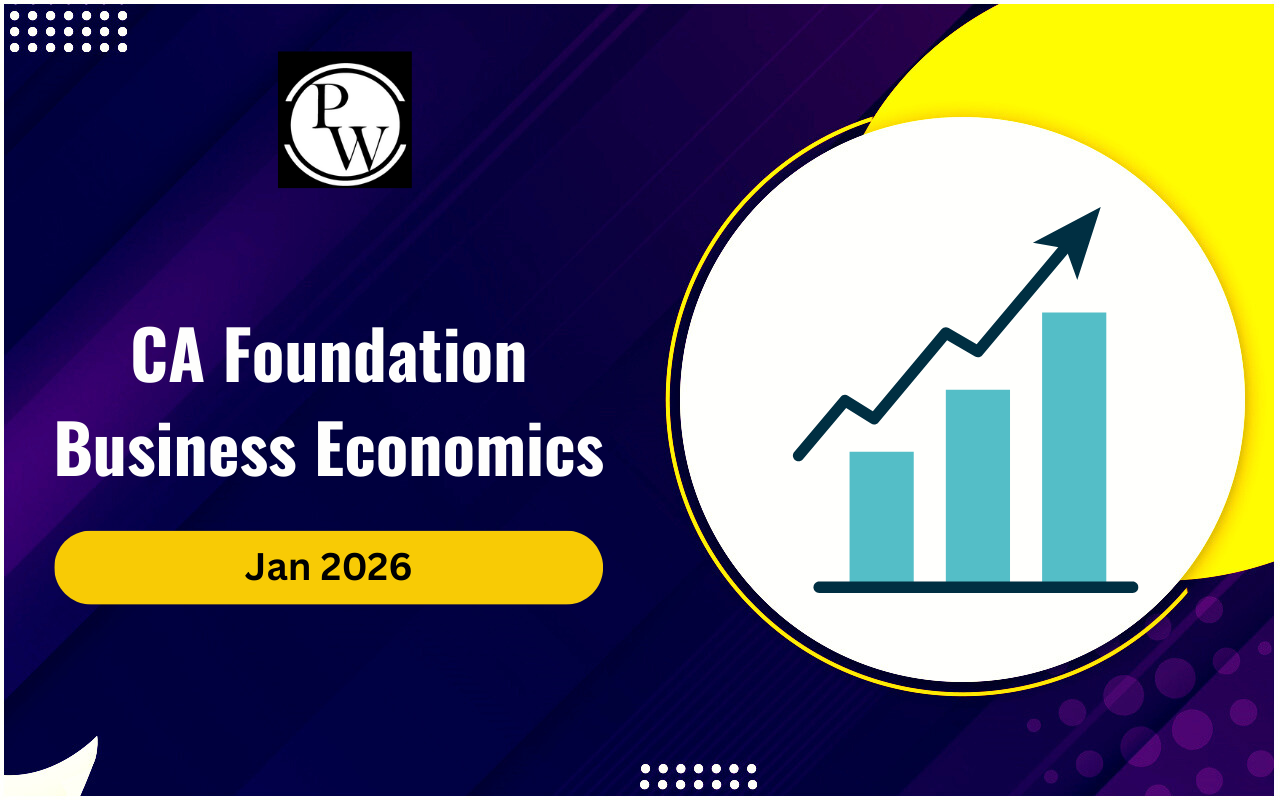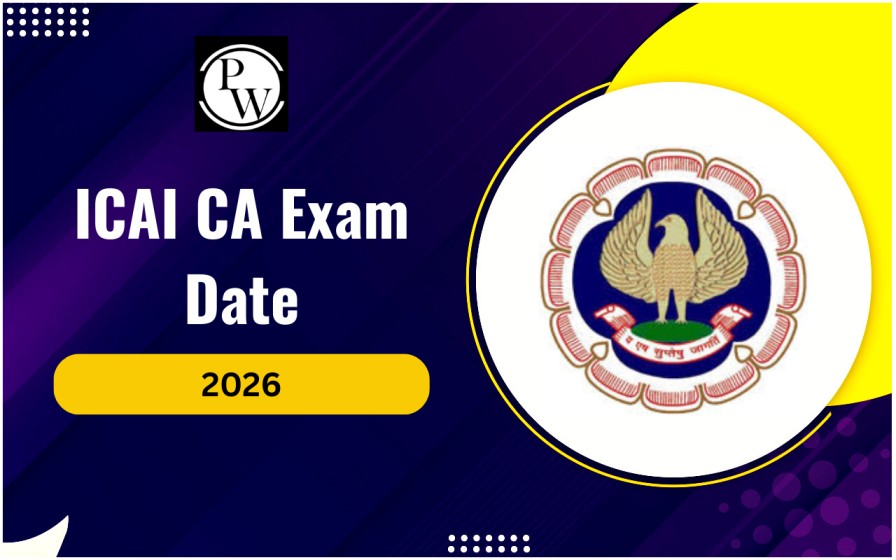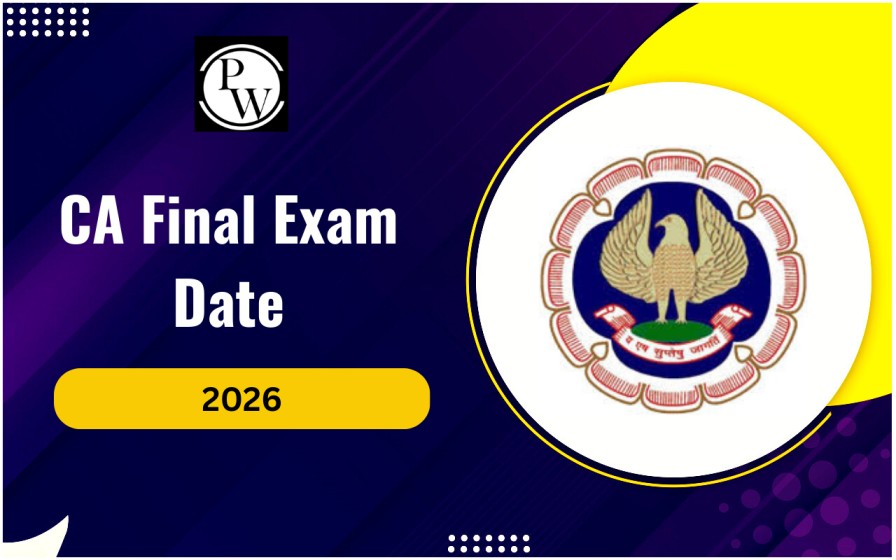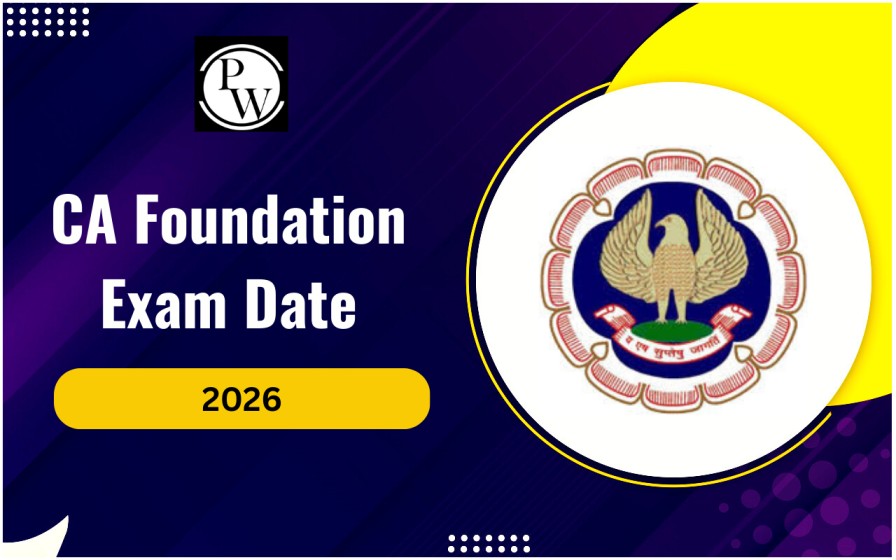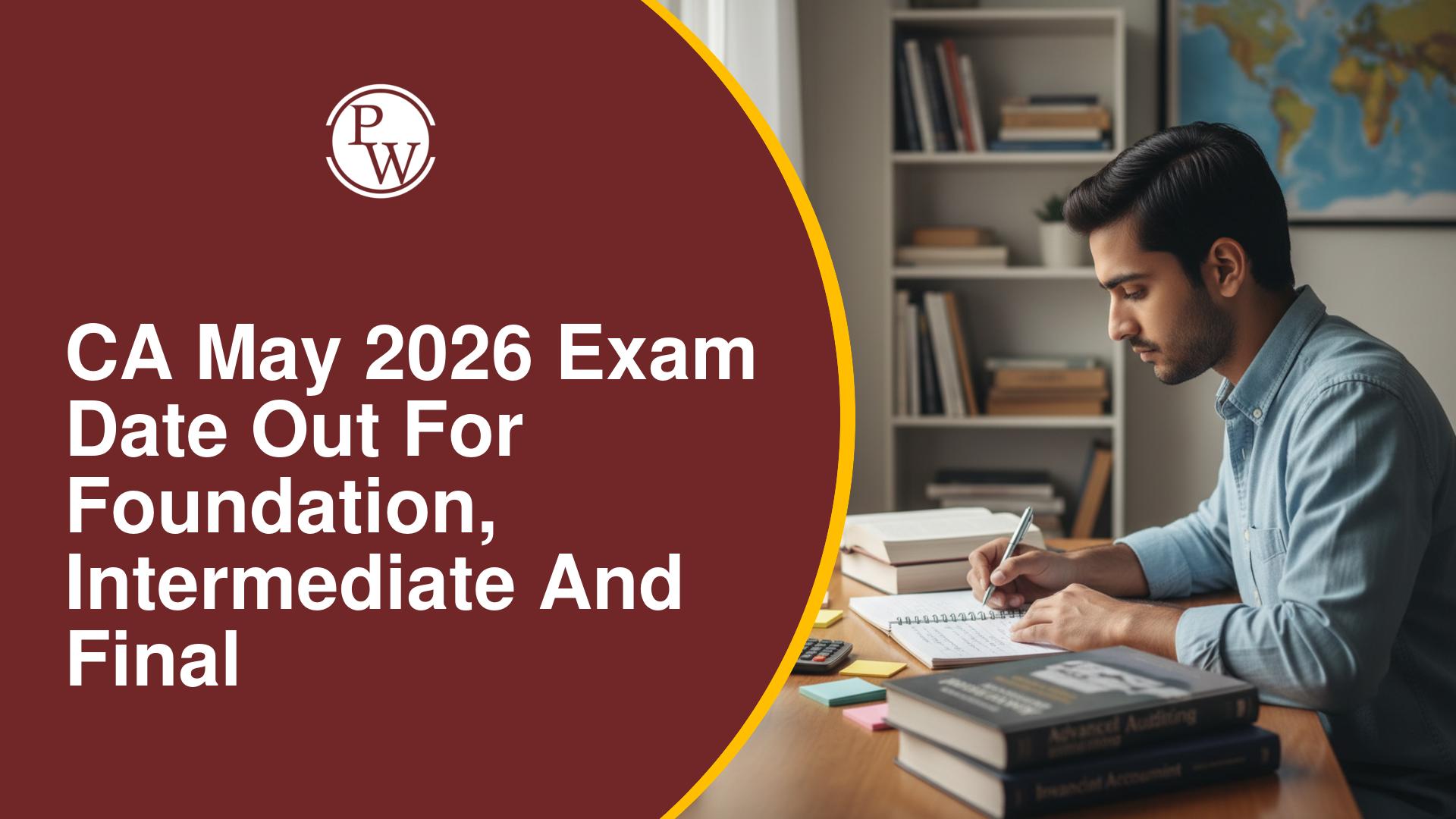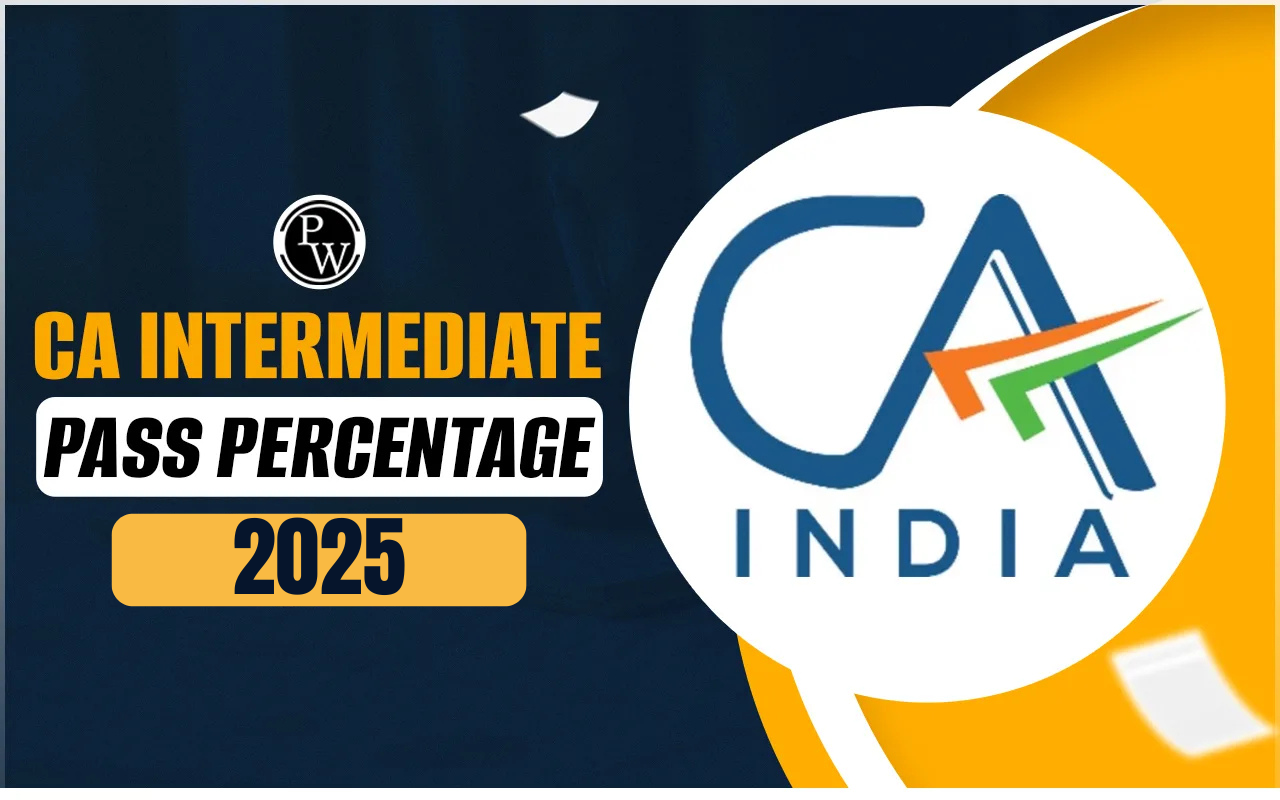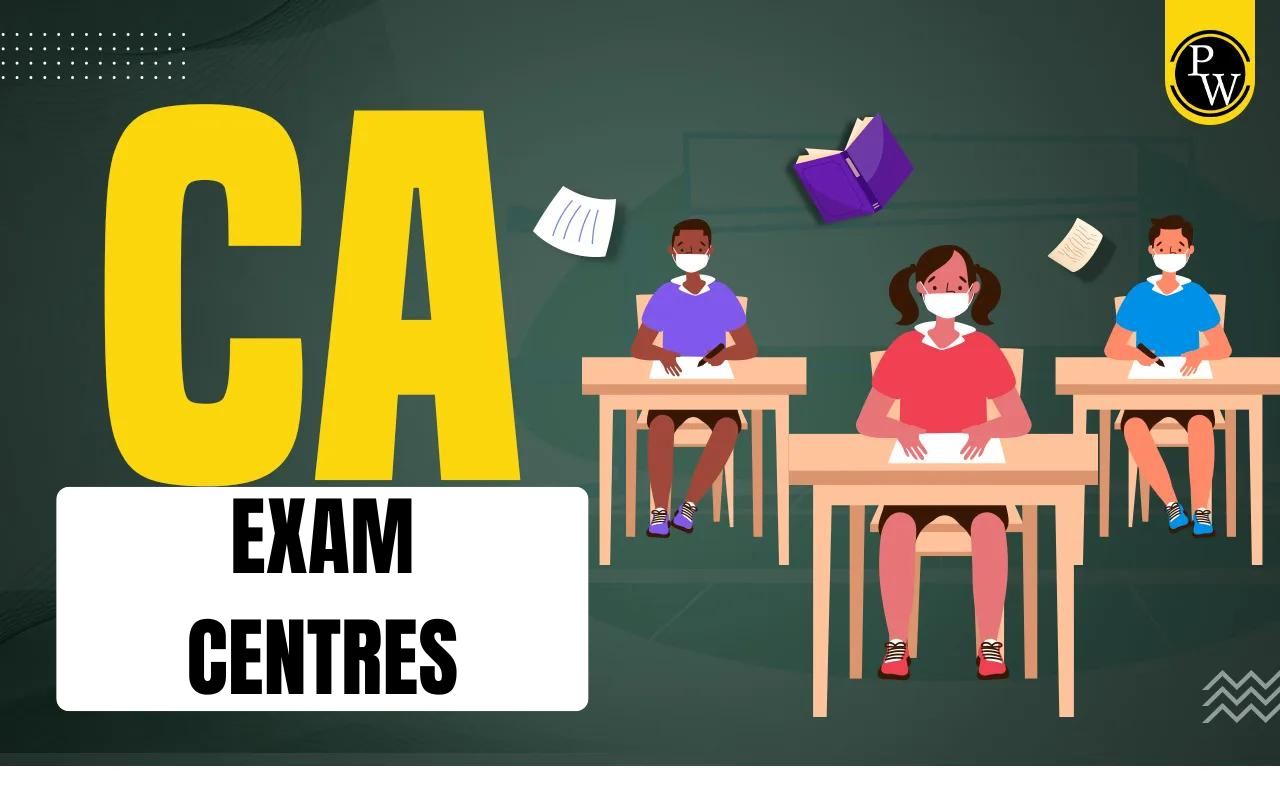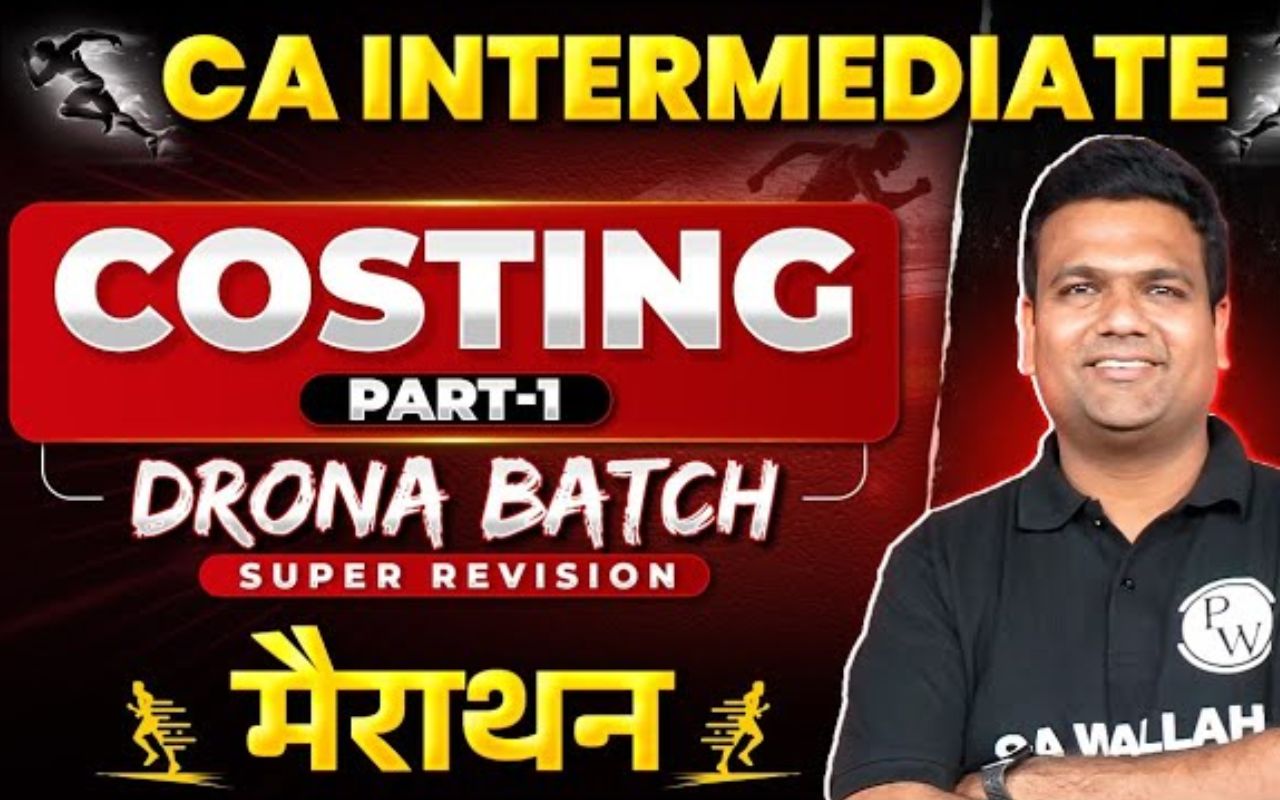
Lease accounting is a crucial aspect of financial reporting that CA students must master. Understanding the principles, standards, and practical applications of lease accounting is essential for aspiring Chartered Accountants.
This article aims to provide a detailed overview of lease accounting, highlighting its importance, the accounting standards that govern it, and practical tips for mastering this topic for the CA Exam .What is Lease Accounting?
Lease accounting involves the process of recording and reporting lease transactions in the financial statements of lessees and lessors. A lease is a contract that allows one party (the lessee) to use an asset owned by another party (the lessor) for a specified period in exchange for payment. Properly accounting for leases ensures that financial statements accurately reflect the economic reality of these transactions.
Importance of Lease Accounting
Lease accounting is vital because it impacts financial ratios, debt covenants, and the overall financial health of a company. Accurate lease accounting provides stakeholders with a clear picture of a company's financial obligations and asset utilization. For CA students, mastering this topic is essential for understanding how leases affect financial statements and ensuring compliance with accounting standards.Accounting Standards Governing Lease Accounting
The following are the accounting standards governing Lease Accounting:IFRS 16 Leases
IFRS 16 Leases is the international standard that governs lease accounting. It requires lessees to recognize most leases on the balance sheet, providing greater transparency and comparability in financial reporting. Under IFRS 16, lessees recognize a right-of-use asset and a lease liability, which significantly impacts the balance sheet and income statement.ASC 842
ASC 842 is the lease accounting standard under U.S. GAAP. Similar to IFRS 16, ASC 842 requires lessees to recognize most leases on the balance sheet. The standard aims to improve financial reporting by providing more information about the rights and obligations arising from leases.Ind AS 116
In India, Ind AS 116 aligns closely with IFRS 16. Lessees need to acknowledge right-of-use assets and lease liabilities on their balance sheets. This standard ensures that financial statements reflect the economic reality of lease transactions, enhancing transparency and comparability.Also Check: Branches of Accounting
Key Concepts in Lease Accounting
The key concepts in lease accounting are as follows:1. Right-of-Use Asset
A right-of-use asset is what a lessee gets to use when they lease something. It's valued at the beginning by adding up all the lease payments' current worth. Then, its value goes down over the lease time.2. Lease Liability
Lease liability is what a lessee owes for using the leased item. It's also initially measured by totaling up the current value of lease payments. Later, it's paid off using the effective interest rate method.3. Lease Classification
Leases are either finance or operating. Finance leases give the lessee almost all the ownership risks and rewards, while operating leases don't. The type of lease affects how lease assets and liabilities are recorded and calculated.4. Lease Modifications
Lease modifications involve changes to the terms and conditions of a lease. These modifications may result in remeasurement of lease liabilities and adjustments to right-of-use assets.5. Sale and Leaseback Transactions
In a sale and leaseback transaction, an entity sells an asset and leases it back from the buyer. Proper accounting for these transactions requires careful consideration of the sale and lease components.Practical Tips for Mastering Lease Accounting
Mastering Lease Accounting is important for CA exams. The following are the tips to excel in this topic:1. Understand the Standards
Thoroughly understand the accounting standards that govern lease accounting, including IFRS 16, ASC 842, and Ind AS 116. Familiarize yourself with the definitions, recognition criteria, and measurement principles outlined in these standards.2. Practice Journal Entries
Practice recording journal entries for various lease transactions. This will help you understand the impact of leases on the financial statements and ensure accuracy in your accounting.3. Stay Updated
Lease accounting standards are subject to updates and amendments. Stay updated with the latest changes and guidance issued by standard-setting bodies to ensure compliance and accuracy in your accounting.4. Use Real-World Examples
Apply your knowledge to real-world examples and case studies. This will help you understand the practical application of lease accounting principles and enhance your problem-solving skills.5. Seek Guidance from Experts
Leverage resources and guidance from PW CA Courses. Their expert faculty can provide you with the necessary support and insights to master lease accounting and excel in your CA exams. To enhance your preparation, consider enrolling in PW CA Coaching , where expert faculty and comprehensive study materials will support you in your journey to becoming a Chartered Accountant. With dedication and the right guidance, you can crack the CA exam and achieve your professional goals.| Also Check | |
| Arbitration and Conciliation Laws | Economic Policy and Globalization |
| Methods of Cost Accounting | Public Sector Audit |
| Scope of Financial Accounting | Integrated Reporting |
Lease Accounting FAQs
What is lease accounting?
What are the key standards for lease accounting?
How does IFRS 16 impact financial statements?
What is a right-of-use asset?

